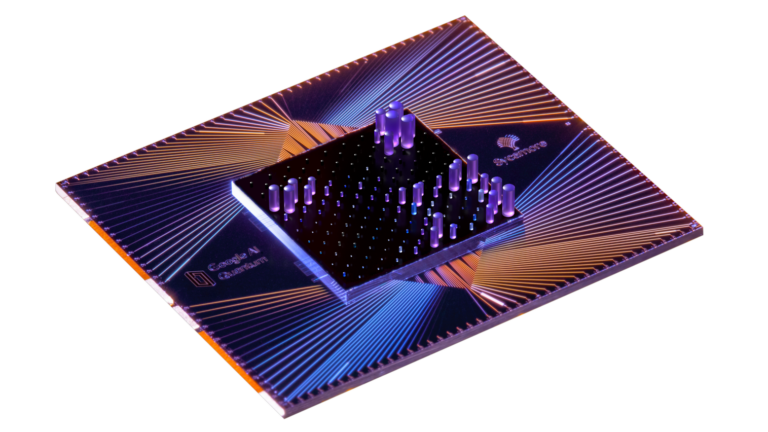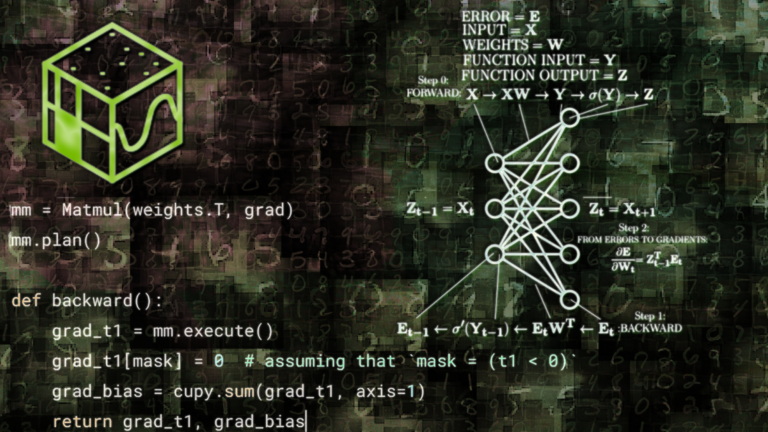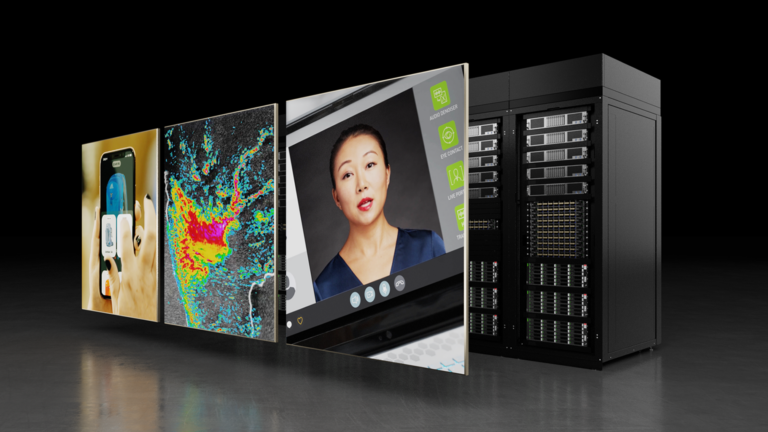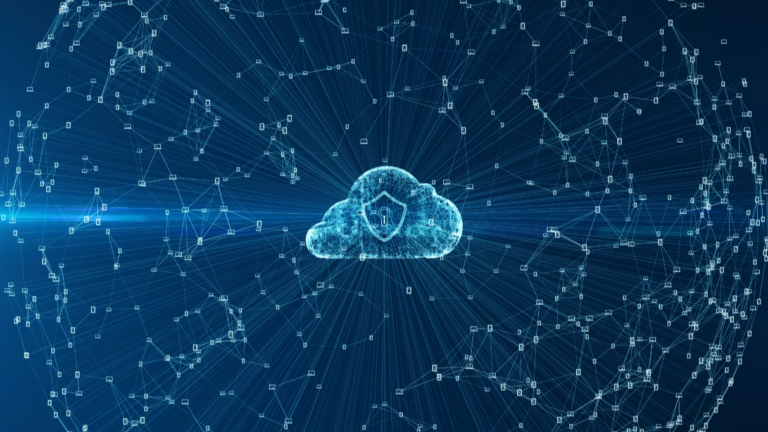 Quantum dynamics describes how complex quantum systems evolve in time and interact with their surroundings. Simulating quantum dynamics is extremely difficult…
Quantum dynamics describes how complex quantum systems evolve in time and interact with their surroundings. Simulating quantum dynamics is extremely difficult…
Quantum dynamics describes how complex quantum systems evolve in time and interact with their surroundings. Simulating quantum dynamics is extremely difficult yet critical for understanding and predicting the fundamental properties of materials. This is of particular importance in the development of quantum processing units (QPUs), where quantum dynamics simulations enable QPU developers to…

 nvmath-python (Beta) is an open-source Python library, providing Python programmers with access to high-performance mathematical operations from NVIDIA CUDA-X…
nvmath-python (Beta) is an open-source Python library, providing Python programmers with access to high-performance mathematical operations from NVIDIA CUDA-X… Python is the most common programming language for data science, machine learning, and numerical computing. It continues to grow in popularity among scientists…
Python is the most common programming language for data science, machine learning, and numerical computing. It continues to grow in popularity among scientists… The demand for ready-to-deploy high-performance inference is growing as generative AI reshapes industries. NVIDIA NIM provides production-ready microservice…
The demand for ready-to-deploy high-performance inference is growing as generative AI reshapes industries. NVIDIA NIM provides production-ready microservice… In this blog post, we take a closer look at chunked prefill, a feature of NVIDIA TensorRT-LLM that increases GPU utilization and simplifies the deployment…
In this blog post, we take a closer look at chunked prefill, a feature of NVIDIA TensorRT-LLM that increases GPU utilization and simplifies the deployment… Confidential and self-sovereign AI is a new approach to AI development, training, and inference where the user’s data is decentralized, private, and…
Confidential and self-sovereign AI is a new approach to AI development, training, and inference where the user’s data is decentralized, private, and… Dale Durran, a professor in the Atmospheric Sciences Department at the University of Washington, introduces a breakthrough deep learning model that combines…
Dale Durran, a professor in the Atmospheric Sciences Department at the University of Washington, introduces a breakthrough deep learning model that combines…